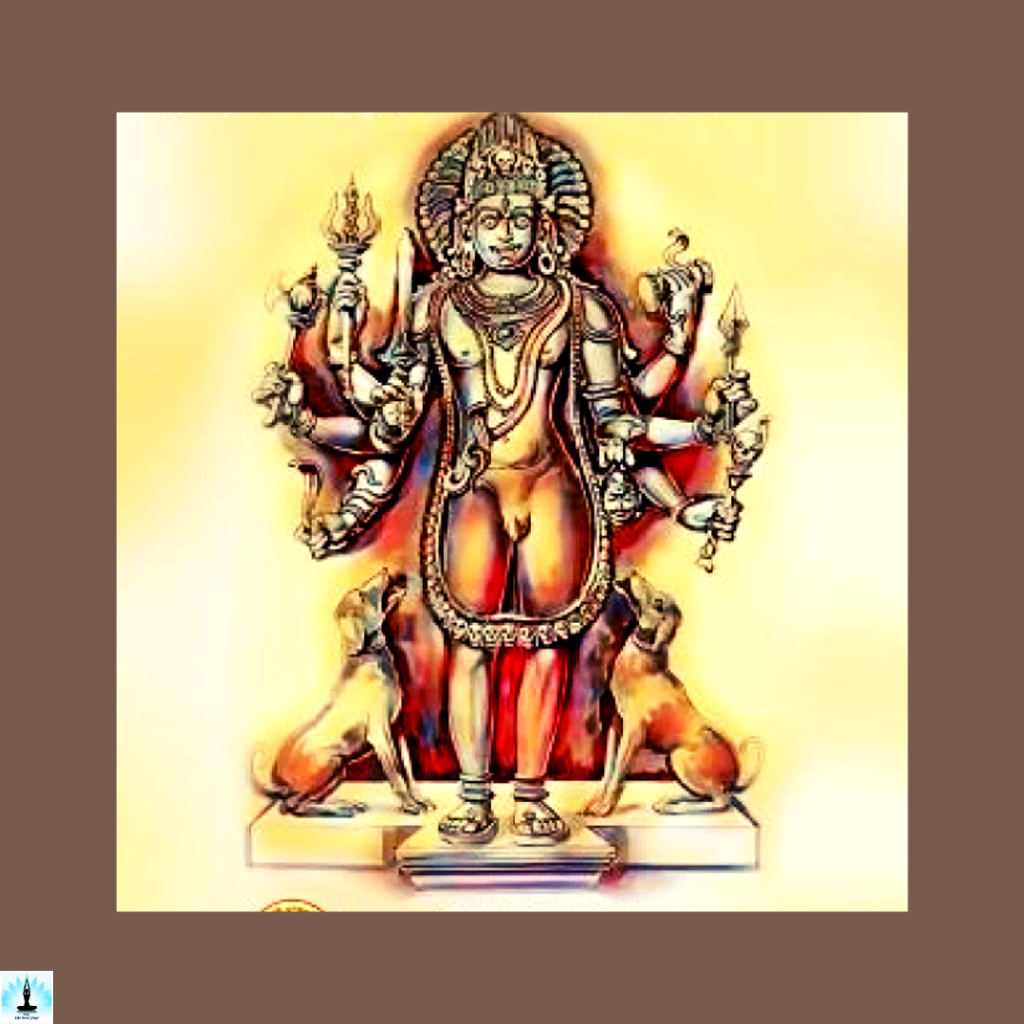Top 5 Mysteries of Mohan in Tantric Shatkarma – A Tantra Exploration
Within the intricate ideas of Shatkarma in Tantra, the term “Mohan” stands as a profound dimension of mystical practices, delving into the esoteric realms of spiritual magnetism and enchantment. This facet transcends ordinary attraction, inviting practitioners to explore the subtle energies that underlie human connections.
Table of Contents
Top 5 Mysteries of Mohan in Tantric Shatkarma

Transcending Superficial Attraction
“Mohan” translates to ‘charming’ or ‘bewitching’ in English. In the context of Shatkarma, Mohan goes beyond physical allure, becoming a sacred exploration of the energies that govern the universe. It involves invoking spiritual energies to create a magnetic aura that captivates and draws others.
Practices Associated with Mohan
The Art of Spiritual Seduction of Mohan
Practices related to Mohan delve into spiritual seduction, seeking to influence and captivate not just the external world but also the deeper recesses of consciousness. Tantric rituals may incorporate sacred mantras, visualizations, and symbolic gestures to enhance the practitioner’s charismatic presence.
Ethical Dimensions of Mohan
Navigating the realms of Mohan invites practitioners to explore the ethical dimensions of wielding potent energies. Emphasis is placed on using enchantment for benevolent purposes, fostering positive connections, and radiating a magnetic energy that uplifts those around. This ethical approach elevates Mohan to a spiritual art form.
Broader Context of Mohan
Key to Human Relationships
In the broader context of Tantra, Mohan becomes a key to unlocking the mysteries of human relationships. It navigates the delicate dance between individual will and universal harmony, encouraging seekers to embody qualities that attract goodness, kindness, and spiritual alignment.
Transformative Journey of Mohan

As an integral part of Shatkarma, Mohan becomes a transformative journey toward self-realization. Practitioners learn to navigate the currents of spiritual magnetism with wisdom, integrity, and a deep understanding of the interconnectedness of all beings.
The Practices Associated with Mohan
The practices involved in Mohan delve into the art of spiritual seduction, seeking to influence and captivate not only the external world but also the deeper recesses of consciousness.
Tantric rituals may involve sacred mantras, visualizations, and symbolic gestures, all designed to elevate the practitioner’s charismatic presence and tap into the universal forces of love, compassion, and divine attraction.
Frequently Asked Questions (FAQs) on Mohan in Tantric Shatkarma
1. What is Mohan in Tantric Shatkarma?
Mohan is a component of Tantric Shatkarma, focusing on the mystical aspect of attraction. It involves practices aimed at creating a magnetic aura that captivates and draws others, transcending the ordinary understanding of attraction.
2. How does Mohan differ from conventional attraction?
Mohan delves into spiritual dimensions, exploring the subtle energies underlying human connections. It goes beyond physical allure, engaging in rituals and practices aligned with cosmic energies governing the universe.
3. Is Mohan exclusively about romantic attraction?
No, Mohan encompasses a broader spectrum. While it includes practices related to personal magnetism, it extends to spiritual seduction and influencing consciousness, aiming for positive connections and divine attraction.
4. What practices are associated with Mohan in Shatkarma?
Mohan practices involve sacred mantras, visualizations, and symbolic gestures. These are designed to elevate the practitioner’s charismatic presence, tapping into universal forces of love, compassion, and divine attraction.
5. Is Mohan considered ethical in Tantric traditions?
Yes, Mohan emphasizes using enchantment for benevolent purposes. Practitioners are encouraged to foster positive connections and radiate magnetic energy that uplifts others. The ethical use distinguishes it from mundane notions of attraction.
6. Can anyone practice Mohan, or does it require expertise?
Mohan, like other Tantric practices, benefits from proper guidance. While beginners can explore it, proficiency and understanding are crucial. Seeking guidance from an experienced mentor ensures responsible and effective practice.
7. How does Mohan contribute to self-realization?
Mohan becomes a transformative journey toward self-realization by navigating the currents of spiritual magnetism. Practitioners learn to embody qualities attracting goodness, kindness, and spiritual alignment, understanding the interconnectedness of all beings.
8. Are there potential risks associated with Mohan practices?
When practiced responsibly, Mohan is generally safe. However, like any spiritual practice, unintended consequences may arise if approached without proper understanding. Adhering to ethical considerations minimizes potential risks.
9. Can Mohan be used for healing purposes?
Mohan’s positive intentions can contribute to healing on various levels. By radiating positive energy and fostering harmonious connections, practitioners may indirectly contribute to the well-being of individuals and communities.
10. Does Mohan require specific timings or rituals?
The timings and rituals associated with Mohan may vary across Tantric traditions. Some may align practices with specific lunar phases or planetary influences. Practitioners are advised to follow the guidelines of their specific tradition.
Conclusion
Embarking on the path of Mohan within Shatkarma is not just an exploration of enchantment; it is a sacred journey toward a profound understanding of the energies that weave the tapestry of existence. In embracing Mohan, practitioners navigate the realms of spiritual seduction with a higher purpose, seeking alignment with universal forces and fostering connections that transcend the ordinary.
References
- Dahiya, Poonam Dalal (2017). Ancient and Medieval India. McGraw-Hill Education. ISBN 978-93-5260-673-3.
- Davidson, Ronald M. (2002). Indian Esoteric Buddhism. Columbia University Press.
- Davidson, Ronald M. (2004). Indian Esoteric Buddhism: A Social History of the Tantric Movement.
- Deussen, Paul (1980). Sixty Upanishads of the Veda, Volume 1. Motilal Banarsidass. ISBN 978-8120814684.
- Joshi, M. C. “Historical and Iconographic Aspects of Śākta Tantrism”. In Harper & Brown (2012), pp. 39–56.
- Joshi, Lal Mani (1977). Studies in the Buddhistic Culture of India During the 7th and 8th Centuries A.D. Motilal Banarsidass. ISBN 978-81-208-0281-0.
- Kangle, R. P. (1986). The Kautiliya Arthasastra. Motilal Banarsidass. ISBN 978-81-208-0042-7.
